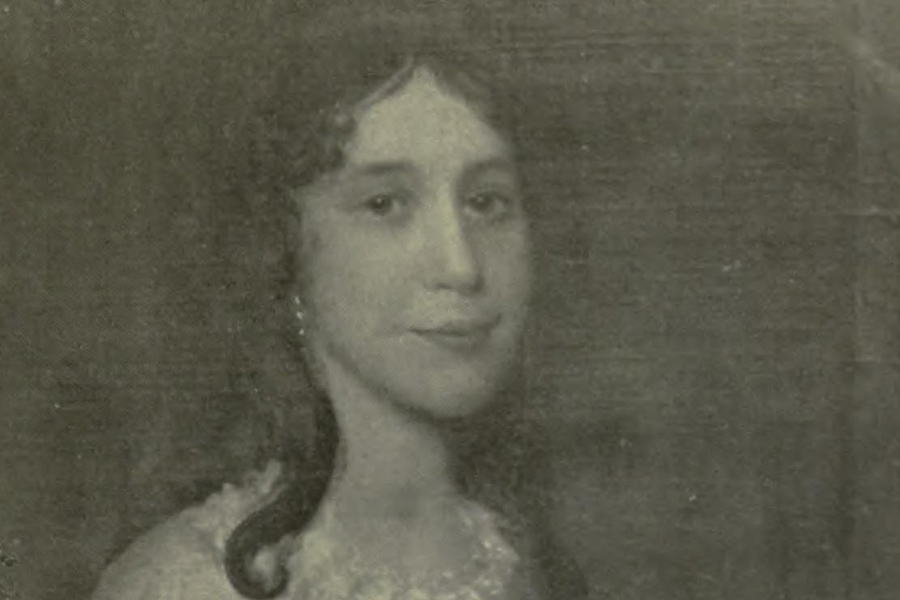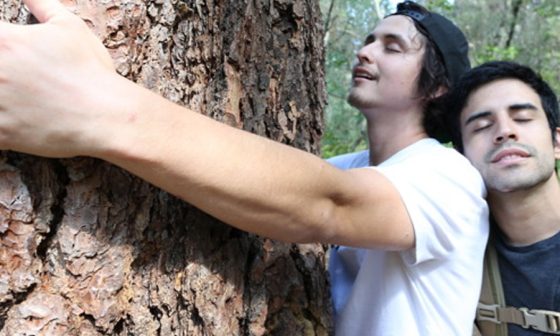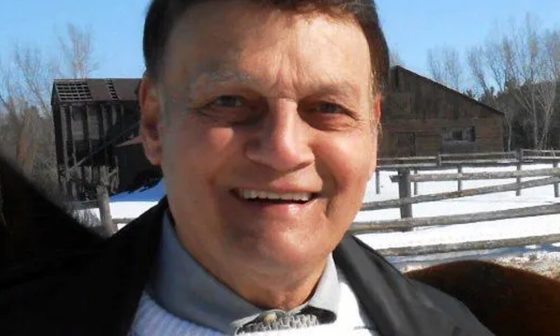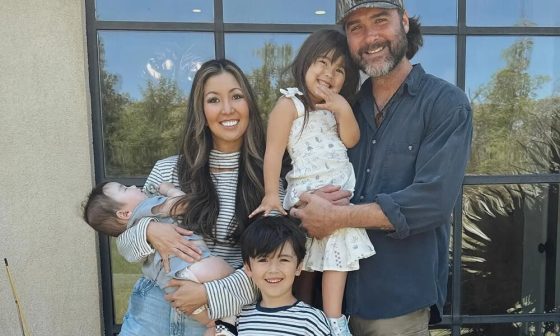Basic Information
| Field | Details |
|---|---|
| Full name (as requested) | Catherine Schuyler Malcolm Cochran |
| Born | 1781 (approx.) |
| Died | 1857 (approx.) |
| Parents | Philip Schuyler (father); Catherine Van Rensselaer Schuyler (mother) |
| Siblings | One of 15 children — notable sisters include Elizabeth “Eliza” Schuyler Hamilton, Angelica Schuyler Church, and Margarita “Peggy” Schuyler Van Rensselaer |
| Marriages | Samuel Bayard Malcolm (first husband, m. c.1803); James Cochran (second husband, m. 1822) |
| Children (select) | Philip S. Malcolm (b. c.1804), Catherine (b. c.1809), William Schuyler Malcolm (1810–1890), Alexander Hamilton Schuyler Malcolm (c.1815–1888) |
| Social role | Heiress, correspondent, matriarch in a prominent New York family network; cultural connector among Schuylers, Hamiltons, and Van Rensselaers |
| Notable relations | Aunt to Alexander Hamilton Jr.; aunt to Stephen Van Rensselaer IV |
Early life: the youngest Schuyler, raised in the long echo of Revolution
I like to imagine Catherine Schuyler Malcolm Cochran as a child standing in a hallway where portraits whisper — the Schuyler corridors of Albany and the Hudson Valley, full of ledger-ledgers and lullabies. Born in 1781, she arrived into a household of 15 children, raised by Philip Schuyler — Revolutionary general, landowner, political figure — and Catherine Van Rensselaer Schuyler — the Van Rensselaer lineage stitched into New York’s social map. Numbers matter here: a family that large meant shared rooms, overlapping obligations, and daily negotiations of influence — a human web, taut with duty and affection.
She was the baby of the brood, and being the youngest in a house that balanced military strategy with social choreography meant she grew up inside two kinds of history: the kind written on maps, and the kind whispered into letters. I sometimes picture her in the era’s light — cap on, ink-stained finger, listening to the grownups trade accountings and alliances. If you watch any period drama, think of her as the elegant, restrained character whose small gestures later shift the plot.
Marriages, children, and the expansion of family influence
Marriage in the early 19th century was less a single life pivot than a network expansion — and Catherine’s two marriages are a perfect demonstration.
| Marriage | Spouse | Year (approx.) | Notes |
|---|---|---|---|
| First | Samuel Bayard Malcolm | 1803 | Merchant and military family ties; several children followed. |
| Second | James Cochran | 1822 | A union within the extended family web; further consolidation of Schuyler-era alliances. |
From the Malcolm marriage came a string of children who carried Schuyler middle names and Hamilton echoes. Consider the numbers: at least 4 recorded children in commonly cited family lists — Philip S., Catherine (a namesake), William Schuyler Malcolm (1810–1890) and Alexander Hamilton Schuyler Malcolm (c.1815–1888). Those birth years place Catherine’s childbearing between roughly 1804 and 1815 — a decade during which the young American republic itself was finding its feet.
That makes Catherine an aunt in two very notable directions: she was an aunt to Alexander Hamilton Jr., through her sister Eliza, and an aunt to Stephen Van Rensselaer IV, through Margarita “Peggy.” Two nephews with names that ring through American social and political lists — and both ties illustrate how marriages among prominent families acted like social glue.
Family network: sisters who were celebrities of their day
The Schuyler household reads like a who’s-who list: Angelica, the fiercely witty transatlantic correspondent; Eliza, the devoted wife and keeper of a major American legacy; Peggy, the Van Rensselaer bride who stitched two dynasties together. Catherine, as the youngest, lived in their shadow but was also the repository of their letters, the next-generation guardian of names and estates. In family trees, she’s a node with many branches — not the flashiest, but the connective tissue.
A short table to show the core sibling constellation:
| Sister | Married to | Role/Significance |
|---|---|---|
| Elizabeth “Eliza” Schuyler | Alexander Hamilton | Keeper of legacy; motherly force; link to Hamilton lineage |
| Angelica Schuyler | John Barker Church | Socialite, letter-writer, transatlantic connector |
| Margarita “Peggy” Schuyler | Stephen Van Rensselaer III | Van Rensselaer alliance; maternal link to Stephen IV |
Catherine’s identity was braided into this matrix: an aunt, a wife, a mother — and someone who carried Schuyler influence quietly into the mid-19th century.
Estates, inheritance, and the question of “net worth”
I’ll be candid — trying to attach a modern “net worth” to someone who lived from c.1781 to c.1857 is like trying to price a painting with half the canvas missing. Catherine came from a wealthy family; she was named among heirs in her father Philip Schuyler’s estate settlements, and that inheritance translated to land, influence, and financial stability — not a public net-worth ticker. Yet the numbers you can trace are meaningful: 15 children in the parental household, multiple marriages linking estates, at least 4 adult children who carried on family names and assets. In the arithmetic of legacy, those are the sums that matter.
Archival echoes: letters, names, and digital shadows
If you love the smell of old paper the way I do, Catherine appears primarily through correspondence and family papers — her name tucked into ledgers, her signature on notes, the occasional image labelled with her married names. These are the breadcrumbs. They don’t always make headlines, but they build a life: dates, weddings, baptisms, and copies of wills. Think of her archival footprint as a quiet cameo: not the protagonist in court reports, but the reliable character a director keeps returning to.
Cultural resonance: how she fits into the American imagination
Pop culture loves a trio: the Schuyler sisters — Angelica, Eliza, Peggy — and I’m guilty of enjoying the musical shorthand that puts them in the spotlight. Catherine is the fourth wall behind which the family’s domestic life hums. She’s the cousin who shows up with the casserole, the aunt who keeps the photographs, the figure who reminds the famous names that families are built out of small, steady loyalties. If the Schuylers are a cinematic ensemble, she’s the scene-stealer who gives the lead their backstory.
FAQ
Who were Catherine Schuyler Malcolm Cochran’s parents?
Her parents were Philip Schuyler and Catherine Van Rensselaer Schuyler — a union of Revolutionary-era prominence and Van Rensselaer landed influence.
How many siblings did she have?
She was the youngest of 15 children, part of a very large and influential New York family.
Who were her husbands and when did she marry?
She married Samuel Bayard Malcolm (c.1803) and later James Cochran (1822), reflecting the era’s intertwining of family and social alliances.
Did she have children?
Yes — several; commonly cited children include Philip S. Malcolm (b. c.1804), Catherine (b. c.1809), William Schuyler Malcolm (1810–1890), and Alexander Hamilton Schuyler Malcolm (c.1815–1888).
Was she related to Alexander Hamilton?
Yes — through her sister Eliza, she was an aunt to Alexander Hamilton Jr.
Is there a known net worth for her?
No modern net-worth figure exists; she was an heir to part of Philip Schuyler’s estate, which translated into property and social capital rather than a dollar-value headline.
Where does she appear today?
Her presence survives in family papers, letters, and the quiet notes of museum and archive collections that preserve the Schuyler–Malcolm–Cochran story.






